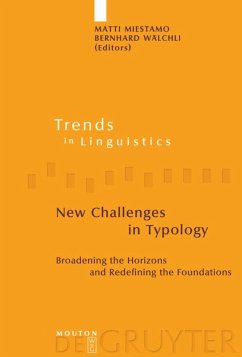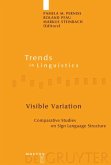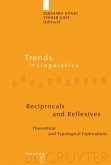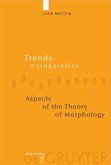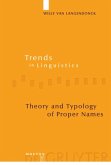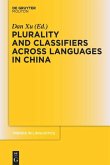The sixteen chapters in this volume are written by typologists and typologically oriented field linguists who have completed their Ph.D. theses in the first four years of this millennium. The authors address selected theoretical questions of general linguistic relevance drawing from a wealth of data hitherto unfamiliar to the general linguistic audience. The general aim is to broaden the horizons of typology by revisiting existing typologies with larger language samples, exploring domains not considered in typology before, taking linguistic diversity more seriously, strengthening the connection between typology and areal linguistics, and bridging the gap to other fields, such as historical linguistics and sociolinguistics.
The papers cover grammatical phenomena from phonology, morphology up to the syntax of complex sentences. The linguistic phenomena scrutinized include the following: foot and stress, tone, infixation, inflection vs. derivation, word formation, polysynthesis, suppletion, person marking, reflexives, alignment, transitivity, tense-aspect-mood systems, negation, interrogation, converb systems, and complex sentences. More general methodological and theoretical issues, such as reconstruction, markedness, semantic maps, templates, and use of parallel corpora, are also addressed.
The contributions in this volume draw from many traditional fields of linguistics simultaneously, and show that it is becoming harder and maybe also less desirable to keep them separate, especially when taking a broadly cross-linguistic approach to language. The book is of interest to typologists and field linguists, as well as to any linguists interested in theoretical issues in different subfields of linguistics.
The papers cover grammatical phenomena from phonology, morphology up to the syntax of complex sentences. The linguistic phenomena scrutinized include the following: foot and stress, tone, infixation, inflection vs. derivation, word formation, polysynthesis, suppletion, person marking, reflexives, alignment, transitivity, tense-aspect-mood systems, negation, interrogation, converb systems, and complex sentences. More general methodological and theoretical issues, such as reconstruction, markedness, semantic maps, templates, and use of parallel corpora, are also addressed.
The contributions in this volume draw from many traditional fields of linguistics simultaneously, and show that it is becoming harder and maybe also less desirable to keep them separate, especially when taking a broadly cross-linguistic approach to language. The book is of interest to typologists and field linguists, as well as to any linguists interested in theoretical issues in different subfields of linguistics.

